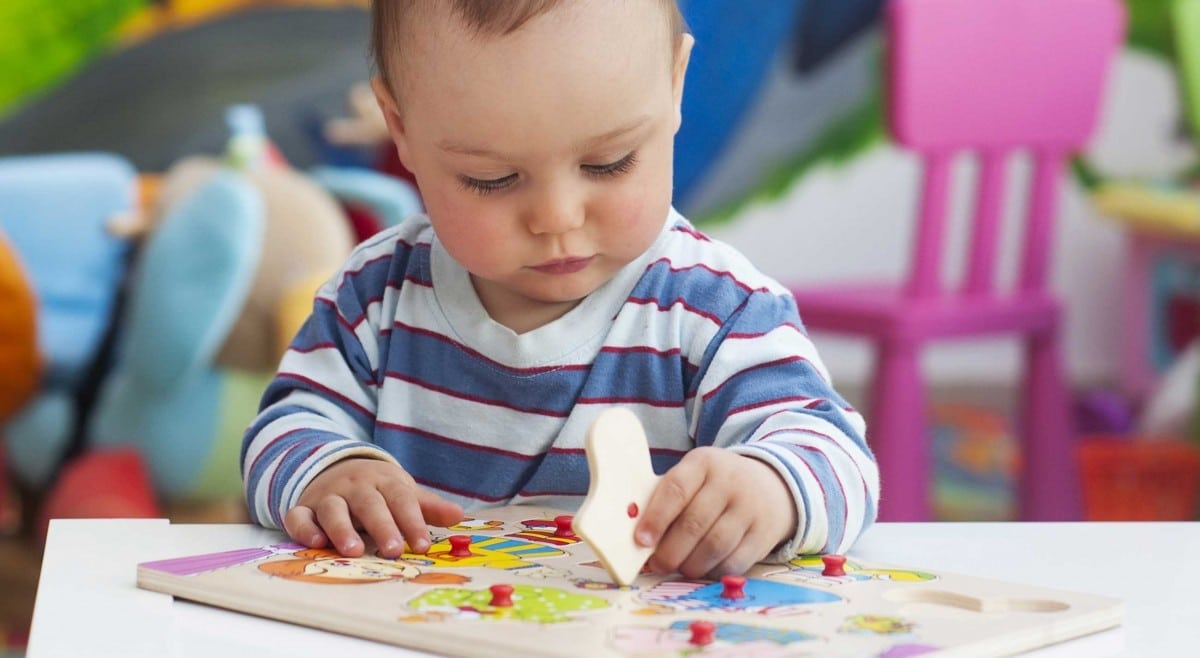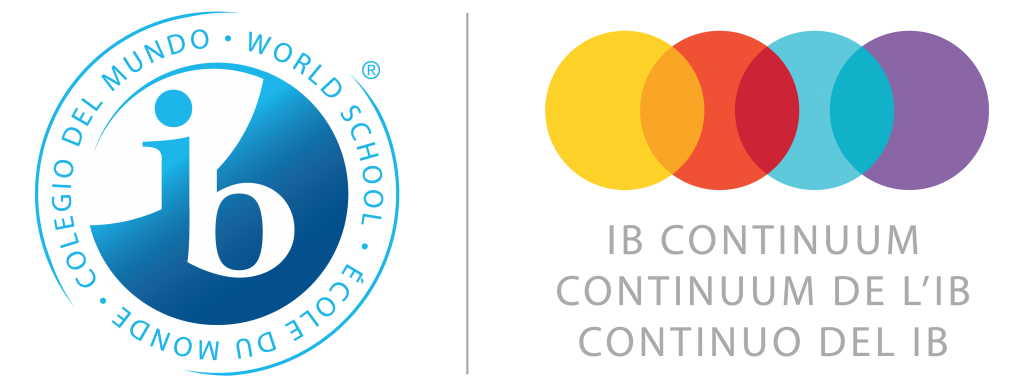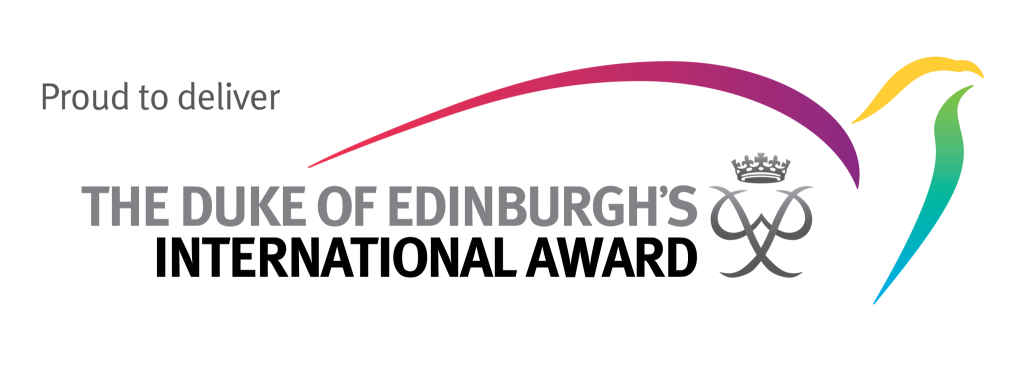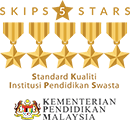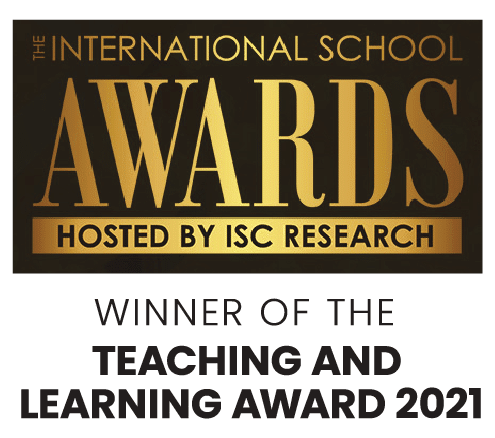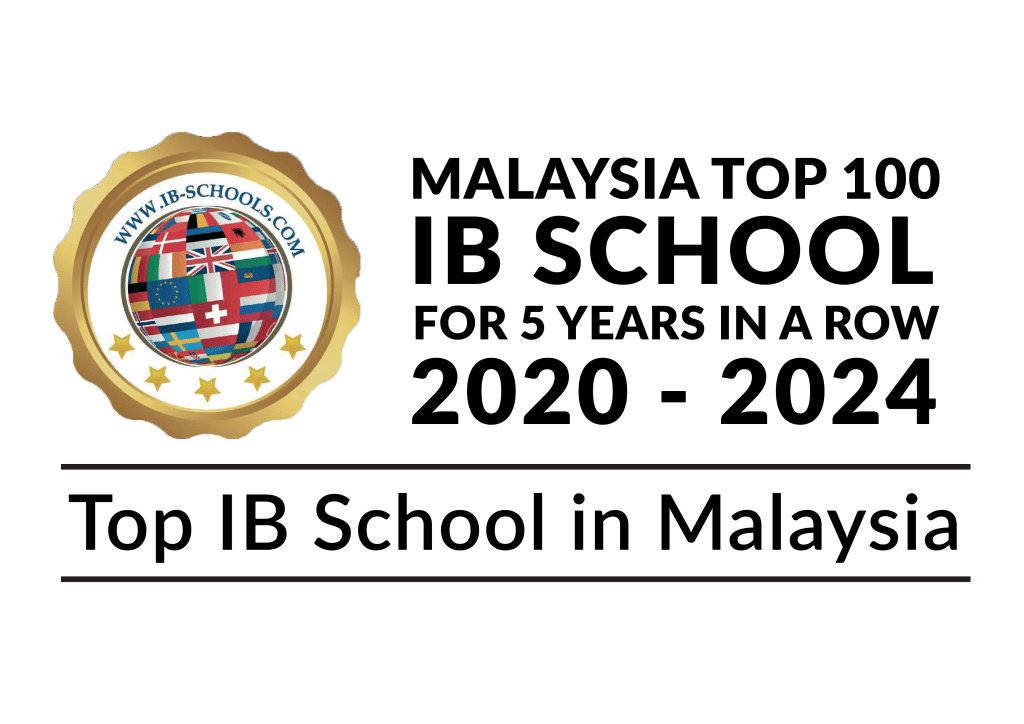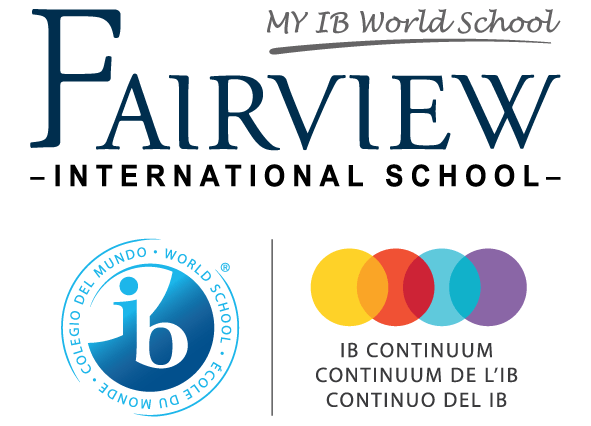At Fairview International School, we believe education should ignite curiosity, not just deliver content. As a leading IB school in Malaysia, we go beyond memorisation — we nurture thinkers, creators, and collaborators. And while the traditional classroom bell may still signal the end of a lesson, we’re more focused on what lingers after the bell rings — the ideas, the questions, the critical conversations.
Let’s rewind to a recent history lesson. Ten-year-old Leo sat quietly after class, his notebook filled with names, dates, and timelines from the French Revolution. Like many students, he had tried to absorb facts for an upcoming test, but it still felt like a puzzle with missing pieces.
His teacher, Mr. Ramirez, a passionate historian and long-time educator, felt it too. Despite his best efforts, the traditional “teach-then-test” model wasn’t lighting any sparks. It was time to rethink the foundation he’d built his lessons on: Bloom’s Taxonomy.
“The mind is not a vessel to be filled, but a fire to be kindled.” – Plutarch
This quote sits at the heart of our reimagined approach. The world has changed, and so must our frameworks. Bloom’s Taxonomy, a staple in classrooms, has long guided lesson planning. But in the age of generative AI, that ladder of remembering to evaluating is no longer the only way up.
We’re not discarding Bloom. We’re flipping it.
The Case for Change: Bloom Needs a Reboot for the AI Era
As part of a growing network of top-rated IB schools in Malaysia, we view education as a living practice, always evolving. That’s why Gonsalves’ (2024) research struck a chord. It proposes a bold shift: instead of seeing AI as a shortcut for lower-level thinking, we should see it as a catalyst for higher-order learning.
Here’s how that shift came to life in our classroom — part of our IB Primary Years Programme (PYP) and IB Middle Years Programme (MYP) framework.
Insight 1: Starting with Interrogation
Gonsalves (2024) makes a compelling case: in the age of AI, memorization should no longer be the starting point. Instead, let’s begin with interrogation—asking students to analyze, question, and evaluate from the very first step. What happens when we flip the script and give students AI-generated content to critique instead of content to consume?
Rather than beginning with rote learning, Mr. Ramirez flipped the process. He introduced Leo’s class to an AI-generated summary of the French Revolution. Their task? Don’t memorize it — challenge it.
The students were asked to interrogate the content: What seemed biased? What voices were missing? What interpretations felt oversimplified? Leo noticed that the AI focused heavily on political leaders but glossed over the role of everyday citizens. That was the moment he leaned in.
The Old Approach: Memorise and regurgitate.
The New Approach: Analyse, critique, and question from the start.
Gonsalves (2024) found that students who engaged with AI content through interrogation—rather than just retrieval—showed significantly stronger critical thinking skills. Even without a hard statistic for this specific activity, the broader findings support a clear conclusion: how we use AI matters just as much as whether we use it.
🧠 Practical Takeaways
✔️ Use AI-generated content as raw material for critique
✔️ Encourage students to identify gaps, inconsistencies, and assumptions
✔️ Promote comparison with primary sources and peer discussion
Insight 2: Collaboration Over Creation
Traditionally, Bloom’s Taxonomy places “synthesis”—the ability to create something new—near the top of the learning hierarchy. But Gonsalves (2024) reminds us that in an AI-enhanced world, creation is collaborative.
Recently, Mr. Ramirez introduced a new project to his Year 9 history class: create a multimedia presentation on a pivotal event from the French Revolution. But instead of jumping straight into research and drafting, students began by partnering with AI.
AI helped generate initial outlines, brainstorm visuals, and even draft early scripts. But the heavy lifting — the refinement, fact-checking, and storytelling — came from students. Leo, who once struggled with writing, finally found his voice.
The Old Approach: Do it all on your own.
The New Approach: Collaborate with tools, peers, and ideas to build something meaningful.
Gonsalves (2024) notes that students who treat AI as a collaborative partner show greater engagement and motivation. It’s not just about the output—it’s about the ownership.
🤝 Practical Takeaways
✔️ Treat AI as a co-creator — a partner in the ideation process
✔️ Highlight the affective domain: how students feel about their work matters
✔️ Emphasise ownership: it’s their thinking that brings AI drafts to life
Insight 3: Melioration and Iteration — The New “Application”
Application today isn’t just about solving a problem — it’s about adapting, refining, and improving. Gonsalves calls this “melioration”: the process of combining human judgment with AI input to enhance the outcome.
Mr. Ramirez guided students on writing better prompts, cross-checking AI outputs, and revisiting their work for deeper accuracy. Leo quickly realised AI wasn’t an all-knowing oracle — it was a tool that demanded thoughtful questioning.
The Old Approach: Apply a formula to a problem.
The New Approach: Combine AI, critical thinking, and feedback to iterate and improve.
Gonsalves (2024) identifies melioration as a core skill for the future, showing how it strengthens students’ ability to synthesize diverse perspectives—human and machine alike.
🔁 Practical Takeaways
✔️ Teach prompt engineering as a literacy skill
✔️ Embed iteration into every assignment — draft, reflect, improve
✔️ Blend AI insights with traditional sources and student intuition
The Shift: From Passive to Empowered Learning
Back in Mr. Ramirez’s classroom, the final assessment didn’t ask students to list dates. Instead, it asked them to analyse source documents, evaluate interpretations, and critique AI-generated narratives. The results? Leo didn’t just recall facts — he thought like a historian.
That’s the future we envision at Fairview — a future where our learners, across the Primary Years Programme, Middle Years Programme, and the International Baccalaureate Diploma Programme in Malaysia, are not just consumers of information, but curators, collaborators, and critical thinkers.
AI isn’t a threat to education — it’s a tool to elevate it.
“The only true wisdom is in knowing you know nothing.” – Socrates
Let’s Rethink Learning, Together
If you’re looking for an IB programme in Malaysia that values critical thinking, collaboration, and real-world readiness, we’d love to talk.
Visit us to explore our campuses, understand Fairview International School fees, or learn more about our approach to the IB in Malaysia.
Let’s flip the script. Let’s kindle the fire.
 Works Cited:
Works Cited:
- Gonsalves, C. (2024). Generative AI’s Impact on Critical Thinking: Revisiting Bloom’s Taxonomy. Journal of Marketing Education, 1.
- Hattie, J. (2009). Visible Learning: A synthesis of over 800 meta-analyses relating to achievement. Routledge.



